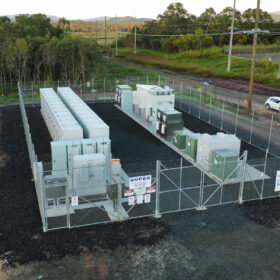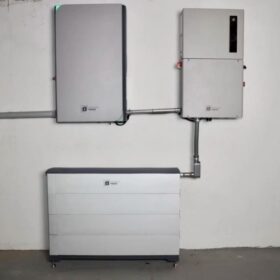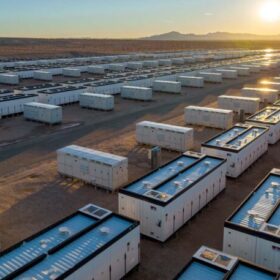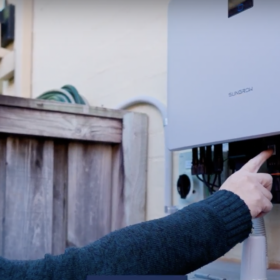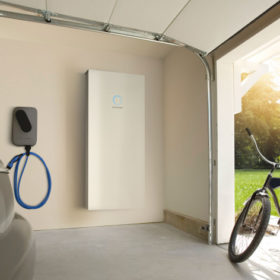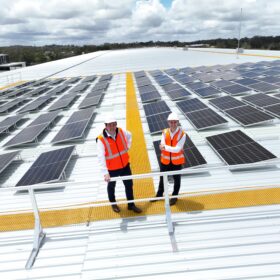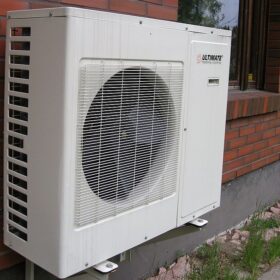Queensland builds on statewide network-connected battery program
A dozen new large-scale, network-connected batteries with a combined capacity of 48 MW / 96 MWh will be rolled out across Queensland as part of the state government’s strategy to support the continuing uptake of renewable energy and take the heat out of peak demand periods.
Fortress debuts high-voltage, all-in-one residential battery
Unite States-based manufacturer Fortress Power’s Avalon High Voltage Energy Storage System combines a hybrid inverter, high-voltage battery, and a smart energy panel in an all-in-one, whole-home backup system.
Cornwall backs new FCAS markets to deliver big profits for batteries
“Substantial” profits available in the recently introduced Very Fast Frequency Control Ancillary Services markets will lead to a surge in battery involvement according to new data provided by energy market consultancy and research group Cornwall Insight Australia.
Tesla releases API for solar, Powerwall, EV charger
The company released an application programming interface to enable third-party developers to interact with Tesla home energy products.
Free home solar and battery rollout begins with Diamond partnership – here’s how NRN’s value model works
Australian startup NRN is rolling out its proposition to fit households with solar and batteries at no cost to consumers. Announcing its partnership with retailer Diamond Energy and the completion of a $13.5 million (USD 9.18 million) capital raise, the company believes it’s found the trick to successfully deploying free household renewables by focussing on retailer value. Pv magazine Australia spoke to NRN and experts about how exactly the model works and where the value comes from.
Queensland to roll out rebate scheme to boost uptake of home batteries
The Queensland government has indicated it will support the increased rollout of household battery energy storage systems with a new $24 million (USD 15.75 million) residential battery rebate program set to be launched in 2024.
Stockland trades energy across property portfolio with Energy Bay
One of Australia’s largest property developers has joined forces with Energy Bay, which specialises in distributed renewable energy solutions for property landlords. Energy Bay is making it possible for Stockland to utilise the energy produced at its properties with large rooftops and low energy use, such as its warehouses, to provide extra energy for its high-energy use properties.
CATL: Staying on top of the battery game
For the seventh year in the row, China-based Contemporary Amperex Technology Co. (CATL) looks set to claim the title of the world’s biggest battery maker. There are a number of reasons why it continues to maintain its lead in the electric vehicle (EV) and battery energy storage system (BESS) markets.
Performance parameters for residential heat pumps linked to PV, storage
German researchers measured a PV-powered heat pump with battery storage in a single-family home in Freiburg, Germany, for a period of a year. It features smart grid-ready tech that adjusts operations based on the grid.
Future of long-term energy storage isn’t about lithium, it’s about battery supply chains
Dr. Thomas Nann examines the benefits and limitations of lithium-ion batteries, imploring Australia to embrace disruptive innovation, not incrementalism.
